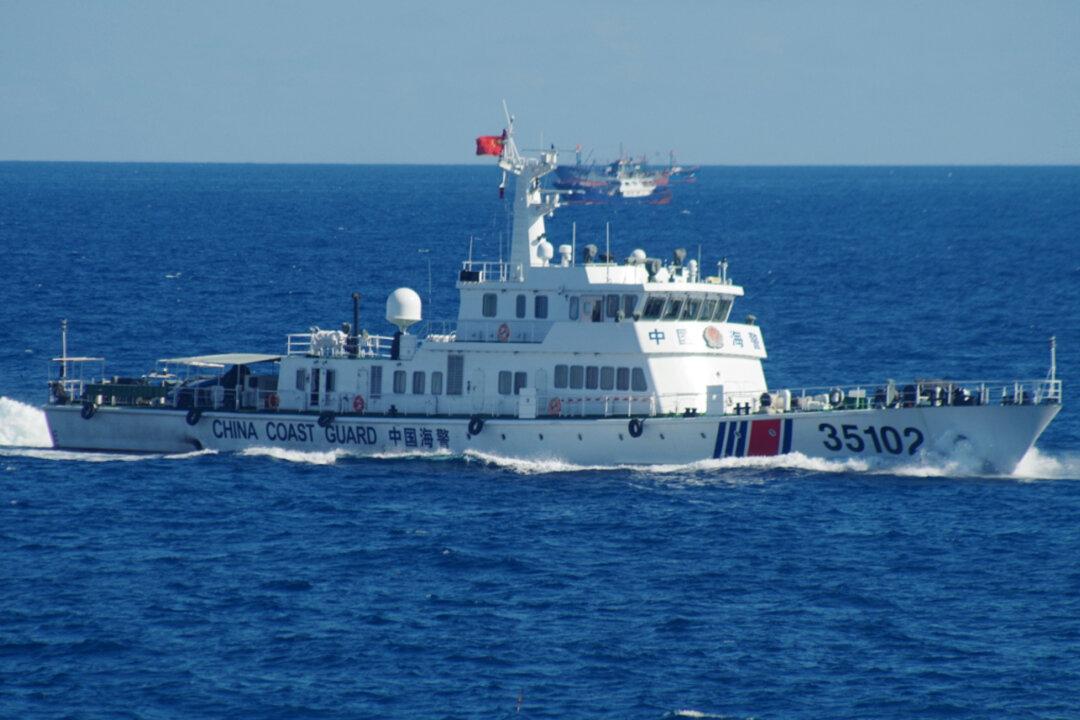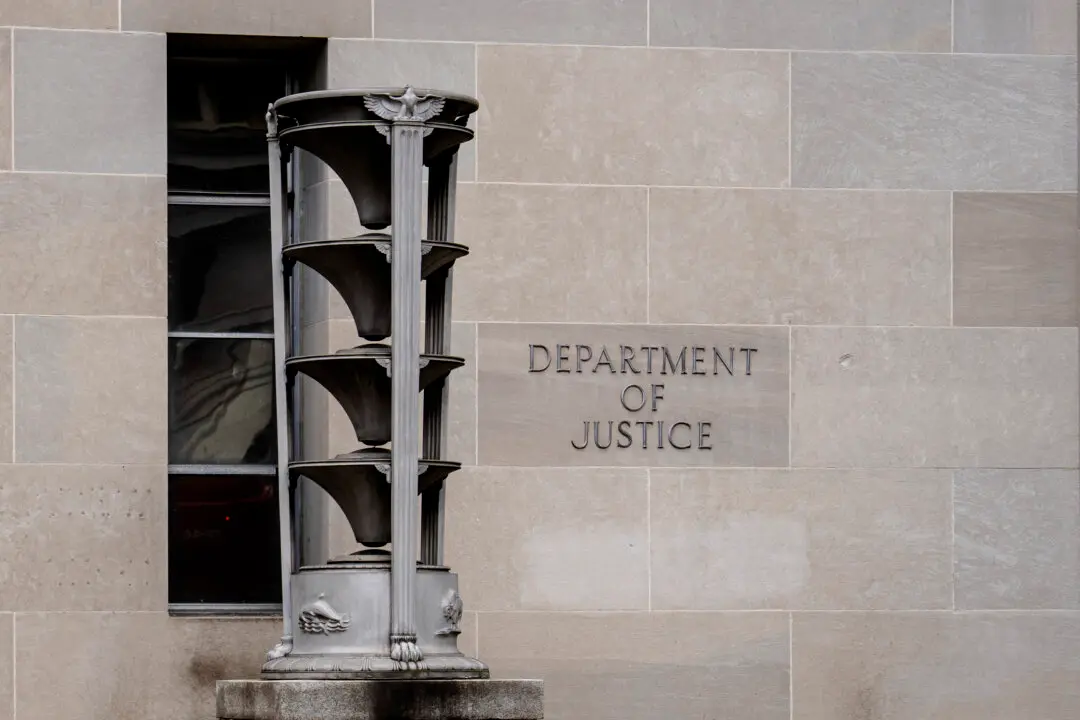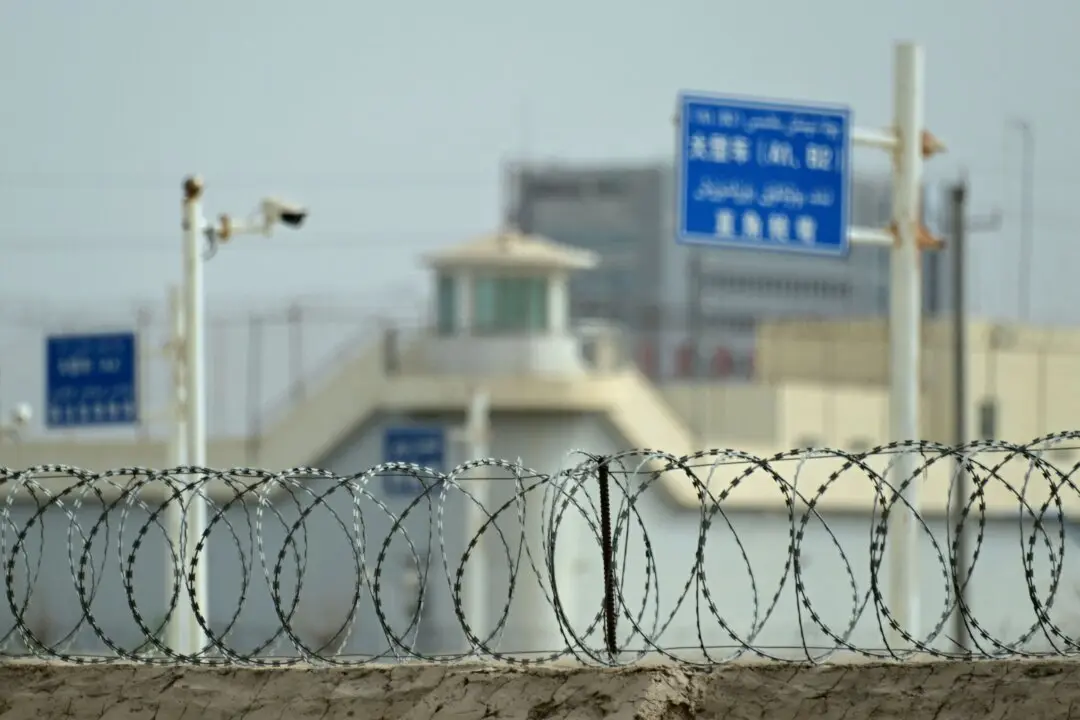Japan claimed that four China Coast Guard ships entered its territorial waters near the disputed Senkaku Islands on Monday and approached Japanese vessels sailing in the area, according to local media.
The Japan Coast Guard said that Chinese vessels approached a 997-ton Shinsei Maru ship and Japanese fishing boats near the islands between 2.47 a.m. and 6.07 a.m. (local time) on Monday.





